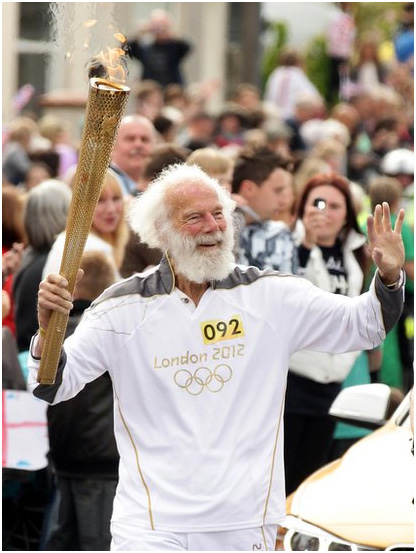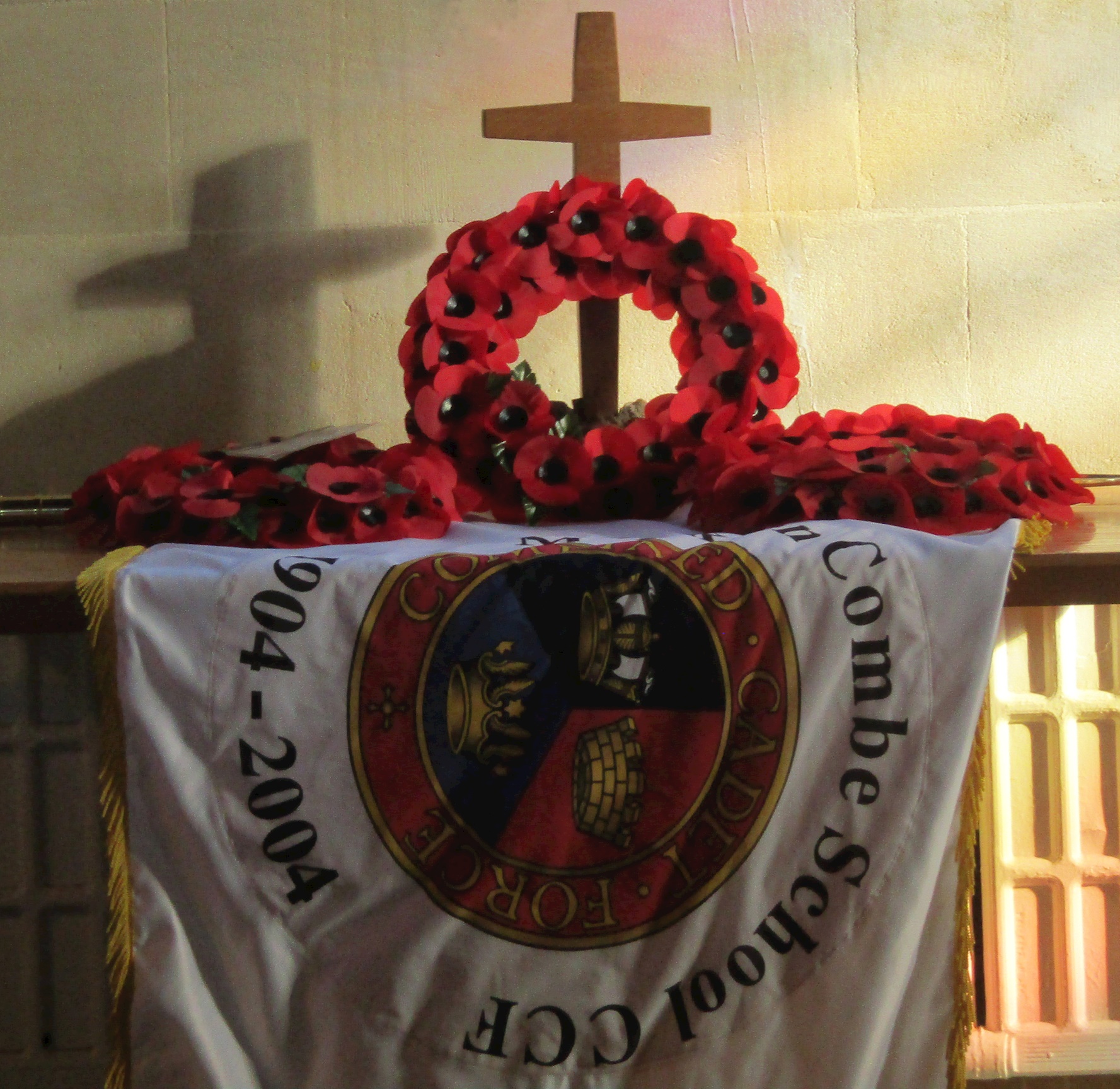Remembering our servicemen November 2020

As November arrives and we close in on the end of an extraordinary year, we once again remember and honour those who have fallen in service of their country. In a pre-Covid world, we would hold our Remembrance Services here at Monkton and it is fitting that our Chapel is also our war memorial. Built in 1925 after the First Great War, it is the heart of the school and a place where we remember all those Monktonians who made the ultimate sacrifice.
On 8 May this year, at the height of the first lockdown, the nation celebrated a special VE Day, 75 years since the end of World War Two in Europe. With the Bank Holiday moved to a Friday for what would have normally have been a nationwide chance to party in the streets, we celebrated in our own family bubbles instead.
15 August 2020 was VJ Day, marking 75 years since Victory over Japan. Many Old Monktonians were posted to war zones across the Far East during World War Two and we thought it would be fitting to capture some of their stories in this most important week of remembrance.
 Mike Lapage (1923 - 2018) left Monkton in 1942. Mike is well known at Monkton for his silver medal-winning performance in the Men’s Rowing Eight at the 1948 London Olympics and his subsequent appearance in 2012 as one of the Olympic torchbearers. A keen rower during his days here and at Cambridge, Mike went on to win the Olympic medal after serving as a Fleet Air Arm pilot in World War Two. After serving in the Mediterranean in 1944 supporting the invasion of southern France, he was dispatched to the Far East. In his book A Miraculous Life he recalls a near-death experience that would stay with him forever.
Mike Lapage (1923 - 2018) left Monkton in 1942. Mike is well known at Monkton for his silver medal-winning performance in the Men’s Rowing Eight at the 1948 London Olympics and his subsequent appearance in 2012 as one of the Olympic torchbearers. A keen rower during his days here and at Cambridge, Mike went on to win the Olympic medal after serving as a Fleet Air Arm pilot in World War Two. After serving in the Mediterranean in 1944 supporting the invasion of southern France, he was dispatched to the Far East. In his book A Miraculous Life he recalls a near-death experience that would stay with him forever.
“In the Far East I was flying Hellcats. I had a Japanese Zero on my tail at one time. He was coming down very fast – and Hellcats were a lot slower than Zeros. I was climbing, and I did a very sharp turn to port, turning into his approach. The tailpiece of my aircraft was hit – shot into pieces. It was a miracle I escaped.”
Mike’s brother, Captain Peter Lapage RA (OM 1936), received the immediate award of a Military Cross in Burma, holding Hill 101 at great odds against a severe attack by the Japanese.
At the remarkable age of 97 and still a practising solicitor, John Gurney-Champion, (second left in the picture) who left Monkton in 1939, was in Burma when the Second World War ended and in 1946 he joined the War Crimes Courts in Rangoon as British Advisory Officer to the Japanese Defence Team at the rank of Captain. He recalls:
 “My job was to advise on British military law for tribunals. The lawyer side in me took priority over the army side; I regarded the Japanese as my clients and it was my duty to do the best I could for them. I worded a lot of their appeals, and many of them were successful. So the powers-that-be decided I ought to prosecute the Japanese instead of defending them. I was promoted to the rank of Major, and moved to Malaya, based in Singapore. The biggest trial I prosecuted was against an entire unit of Japanese Secret Police. All that at the age of 23, with my only previous experience being two years as an articled clerk in Newport!”
“My job was to advise on British military law for tribunals. The lawyer side in me took priority over the army side; I regarded the Japanese as my clients and it was my duty to do the best I could for them. I worded a lot of their appeals, and many of them were successful. So the powers-that-be decided I ought to prosecute the Japanese instead of defending them. I was promoted to the rank of Major, and moved to Malaya, based in Singapore. The biggest trial I prosecuted was against an entire unit of Japanese Secret Police. All that at the age of 23, with my only previous experience being two years as an articled clerk in Newport!”
Air Chief Marshall Sir Richard Peirse was a highly-decorated Royal Air Force Commander who served in both the First and Second World Wars. He attended the Junior School between 1903 and 1905, leaving to join HMS Conway and becoming a midshipman in the Royal Navy Volunteer Reserve. Commissioned in 1912, he was awarded the Distinguished Service Order (DSO) for his contribution to the aerial attack on Dunkirk on 23 January 1915. He was promoted to Flight Commander in May 1915 and to Squadron Commander in July 1916. In 1915 Peirse landed his biplane on the cricket field at the Junior School in Combe Down and we are lucky enough to own a photograph of what must have been a remarkable occasion! Pictured below with Mr W A M McKinney, Master at the Junior School from 1900 to 1947, and Captain Young.
.jpg)
Photograph: copyright Monkton Combe School
In World War Two, after service as Air Officer Commanding-in-Chief RAF India, Sir Richard was appointed Commander of Allied Air Forces in South East Asia and the South West Pacific under Admiral Lord Louis Mountbatten. After making a significant contribution to the development of the Allies’ aerial capacity and the eventual success of the war in the Far East, he retired in 1945.
We are grateful to those who have given so much. We hope you have enjoyed this small snapshot of just a few of the many OMs who served.
















